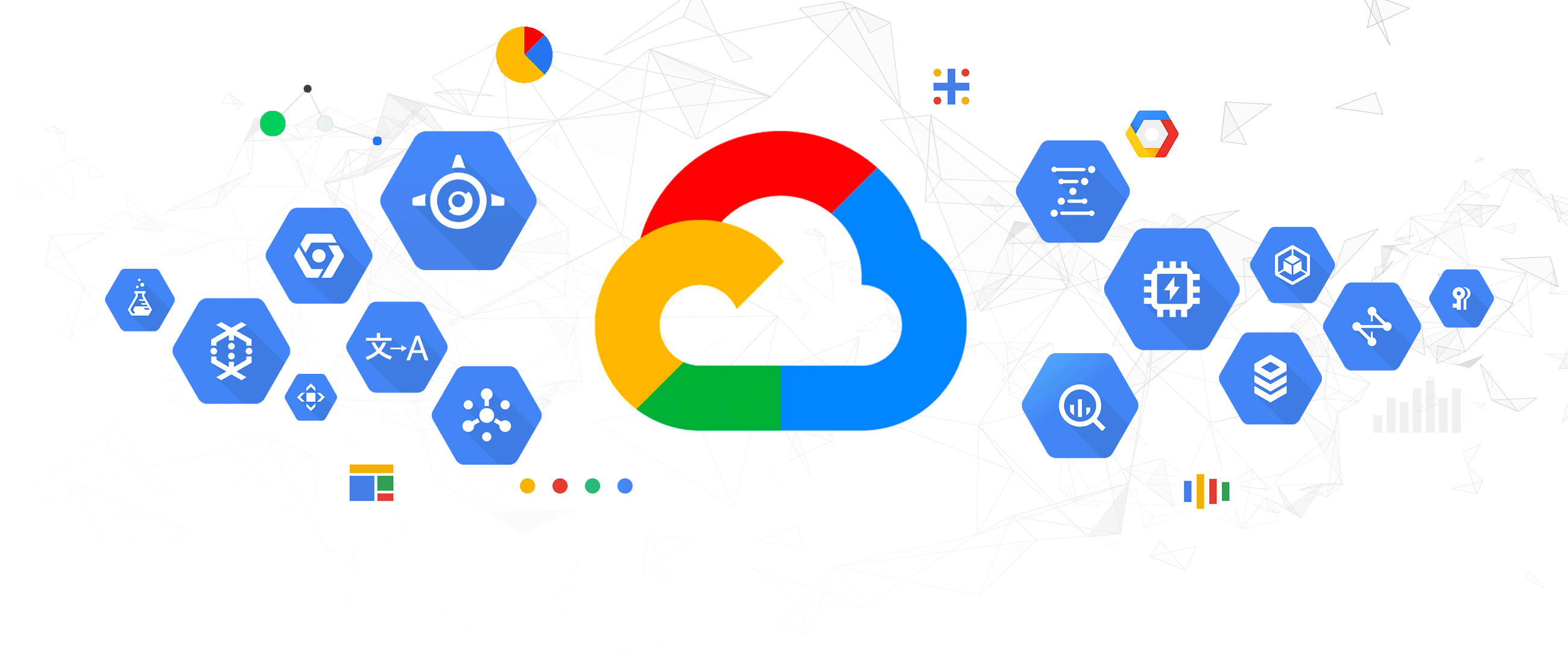As organisations strive for greater productivity and performance while minimising budget strain and operational headaches, working in silos is no longer an option, even for teams harnessing digital solutions.
Multiple, disconnected platforms housing data, results, insights and reports make collaboration between teams as tedious and difficult as using clipboards and spreadsheets. This also makes strategic decision-making a slow, challenging process.
Collaboration software has become mandatory for unlocking vital efficiency gains across productivity, performance and quality of results. Choosing the right project management and collaboration tool can drive team engagement and communication and accelerate work and project completion.
Asana is one of the most widely used and trusted collaboration tools on the market - but could you be getting more from it? Are there further hidden efficiencies embedded within its functionality waiting to be unlocked? Discover where and how you can maximise the value of your Asana investment.
Maximising your Asana investment: key opportunity areas
According to IDC’s report on The Business Value of Asana, Asana improves on-time project deliverability by 57%, boosts employee satisfaction with collaboration by 82% and offers 214% one-year ROI and 451% three-year ROI.
IDC found that Asana significantly reduced time employees spent on less productive tasks (searching for and fetching the right data and findings and sharing them with other employees) and allowed them to focus on higher-value tasks, boosting productivity, innovation and project success rates.
The question, however, is how organisations can extract even more value from their Asana investments.
The answer lies in your data - literally. By blending Asana’s workflow automation with data engineering, extracting, cleansing and enhancing the value of your business data, you can drive even greater ROI from your Asana setup and capabilities.
Ensuring Asana integrates seamlessly with your existing tech stack is the first step. Creating an uninterrupted data flow across platforms, from Google Cloud to Salesforce, is the foundation of building a connected, efficient, collaborative work culture across teams.
The real value lies in the raw data sitting in your systems, from customer service logs and support resolution reports to heavyweight semi-structured JSON and CSV data lifted via APIs and middleware. Being able to extract unstructured and semi-structured data, and translate it into focused, actionable insights within Asana would give you the analytics you need to make better real-time decisions, track key metrics and continuously improve performance and results.
Lastly, ensuring your teams can access and utilise this data where and how they need is vital to realise the full potential and value of your Asana investment, from end-users to administrators.
Don’t risk missing the mark on maximisation
While these capabilities and their benefits are undeniable, it’s also important to consider the time and costs involved if you decide to undertake building these integrations, features and capabilities, as well as testing them.
Aside from having the budget necessary to do everything from scratch, you also need to gather the experts required to develop, implement and test all of your Asana-related integrations. If you have the time, the team and the know-how to do it, this might be the ideal solution for you.
But, there’s always a risk of error (no matter how small) along the way that could disrupt and, in some cases, even upend your larger goals for Asana. An easier, no-risk alternative is to work with an Asana partner that’s as dedicated to your unique needs and requirements as it is to building the solutions necessary to support and realise your larger goals with Asana.
Selecting the right Asana partner can help you to get the most from your Asana investment, so make sure you have a clear outline and understanding of what your prospective partner can and can’t do, and how it aligns (or doesn’t ) with your goals and requirements.









